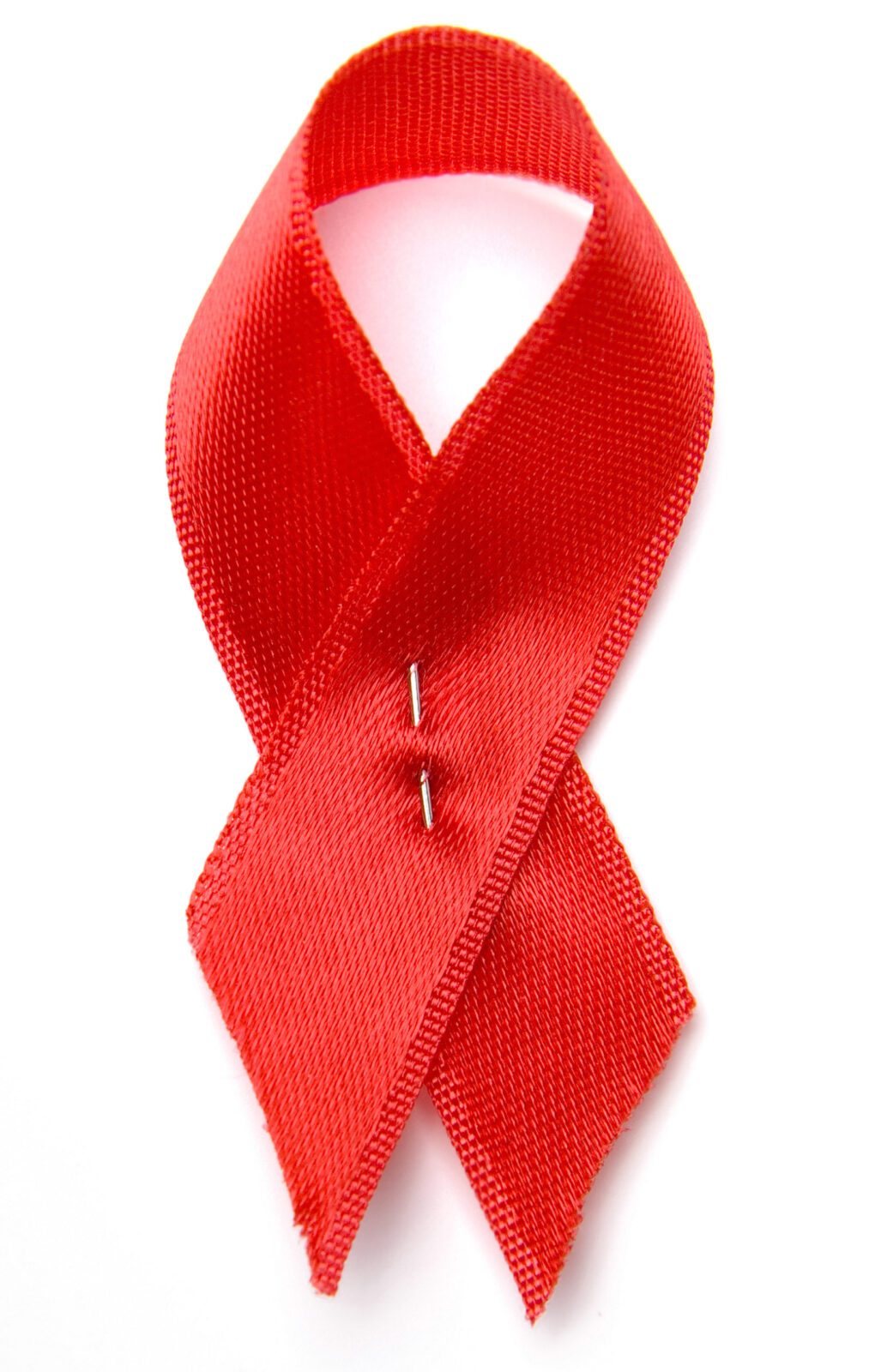Raising Awareness And Fighting Stigma This World AIDS Day


Since 1988, today, Dec 1st, has been designated as World Aids Day, making it the first ever global health awareness day. And though great strides have been made in the fight against HIV/AIDS since the devastating first wave of the epidemic, with patients being able to live relatively normal lives provided that they receive proper treatment and options like PREP (pre exposure prophylaxis) available to prevent infections, the disease is still worrisomely rampant. As of 2020, 37,700,000 people are estimated to be living with HIV, while 680,000 people died from HIV-related causes and 1,500,000 people were newly infected with HIV in 2020.
And while proper treatment can help prevent HIV from progressing to full-blown AIDS, which only occurs when a patient’s T cell count is less than 200 and they have experienced related infections, only 73 percent of people living with HIV globally are receiving the appropriate treatment for the condition.
Though the problem is now at its worst in poverty stricken third world areas, it is still an epidemic in much of the developed world, including in our own backyard. The US is one of the only three countries (along with China and Russia) that are thought to account for 25 percent of new HIV infections occurring outside of sub-Saharan Africa. Here, and estimated 1.1 million people are living with HIV, with around 162,500 of those people thought to be unaware that they have been infected.
This issue intersects with issues of addiction and drug policy due to the alarmingly high risk of HIV that afflicts IV drug users. Of around 11 million people who use drugs globally, one in eight, or almost 13 percent, of IV drug users are living with HIV.
And, currently, one in ten new HIV cases globally is attributed to IV drug use, contributing to as many as 20 percent of recorded new cases. This places IV drug users at about 22 times more risk of catching HIV than the general population.
This is due to both due to the use of needles itself, as infected blood may remain in shared needles between uses or contaminate other supplies used to cook drugs, and to other factors associated with drug use. These include poverty, which is reinforced by the criminalization of drug use and related marginalization and stigmatization of IV drug users.
Compounding the problem is that this marginalized population is one that has some of the least access to preventive care, testing, and treatment, which allows the problem to progress and spread faster than it might otherwise. There’s also the fact that drug users who are convicted of a crime may continue to abuse IV drugs in prison, where HIV can be rampant. Then, drug use presents other health risks, like that of other transmissible diseases like hepatitis or tuberculosis, that can make HIV infections more dangerous.
The risk of gender based violence, increased pressure to share needles and engage in risky sexual encounters, and increased impetus to conceal their drug use to avoid societal discrimination, also means that women who inject drugs are significantly more likely to contract HIV than men who do.
While opioids like heroin are most associated with IV drug use, needles can also be used to inject other drugs like amphetamines and cocaine. Use of any drug can also be correlated with increased risk of contracting HIV due to lowered impulse control due to intoxication and ensuing risky sexual behaviors, including abused prescription drugs and legal drugs like alcohol and (in some US states) marijuana.
IV drug users are also more likely to be involved in sex work, another major risk factor, which points to one way that the problem can spread beyond their demographic and into the population at large. Another impact is on babies born to mothers with HIV, who can pass it on to their baby during pregnancy or via breastmilk.
The longer someone remains in addiction, the more they tend to become willing to experiment with more dangerous modes of administration, another reason proper treatment as early on as possible is imperative. And though someone who is in active addiction may not care about their well-being at the time, after they have recovered from their addiction and underlying mental health issues, bearing the burden of an HIV diagnosis could be devastating.
So what is there to do about all this? For one thing, we can make an effort to increase the availability of harm reduction measures like clean syringes and medication assisted treatment, and to reduce the harsh penalties associated with drug use and syringe possession, which can lead users to share needles rather than keep their own.
In areas such as Portugal and Sweden, where measures reducing criminal penalties and focus turned to increased preventative care and harm reduction, declines were seen in new HIV cases as well as other drug related crimes and harm.
A punitive approach to drug users and use has been repeatedly shown to be ineffective and counterproductive, while a more humanizing and empathetic approach could be essential to ending the epidemic for all. As well, the stigma against people living with HIV impacts the already stigmatized group of IV drug users by making it more difficult for them to access resources, pursue opportunities, and to find the social support that could make it easier for them to pursue recovery.
As has long been scientifically proven, outside of sexual situations or other situations that involve intermingling blood or bodily fluids, there’s no reason to fear people with HIV because of “contamination” concerns. Similarly to those suffering from addiction, the fact that people with HIV have an illness in no way means that they are not worthy of treatment, acceptance, and care, and, at Reco, we welcome patients of all health statuses. To learn more about how Reco Institute’s sober living residences and associated treatment program can kick-start you or a loved one’s journey to recovery from addiction, call us anytime at 561-665-5925.















